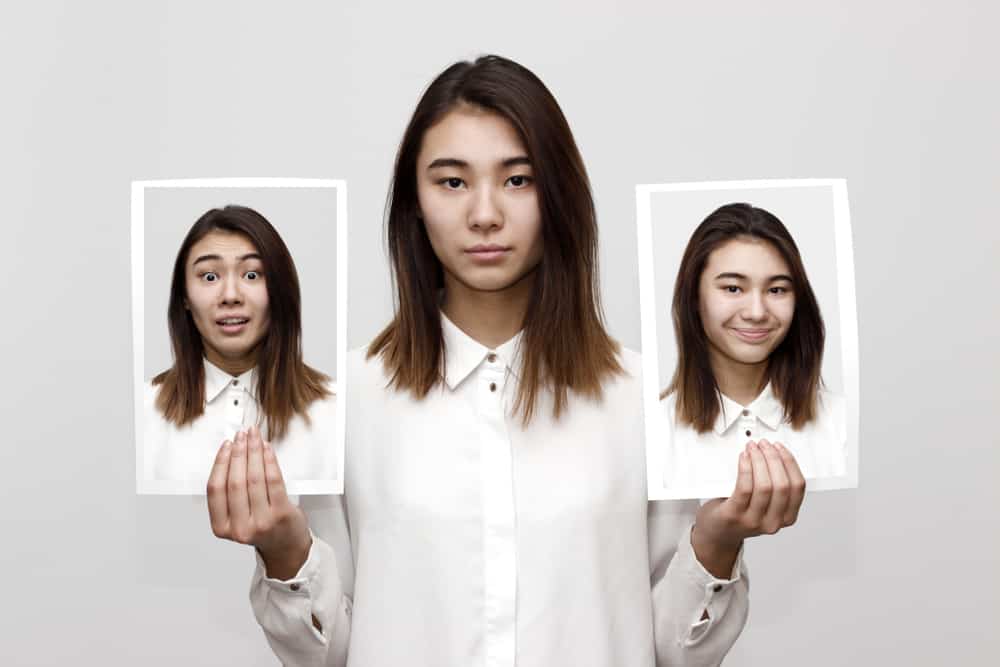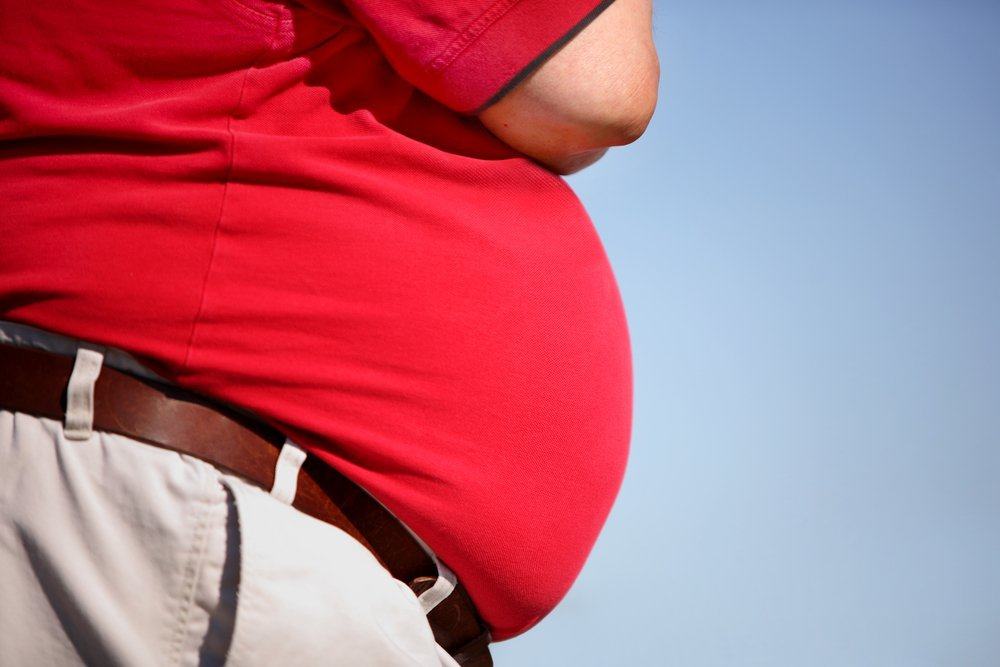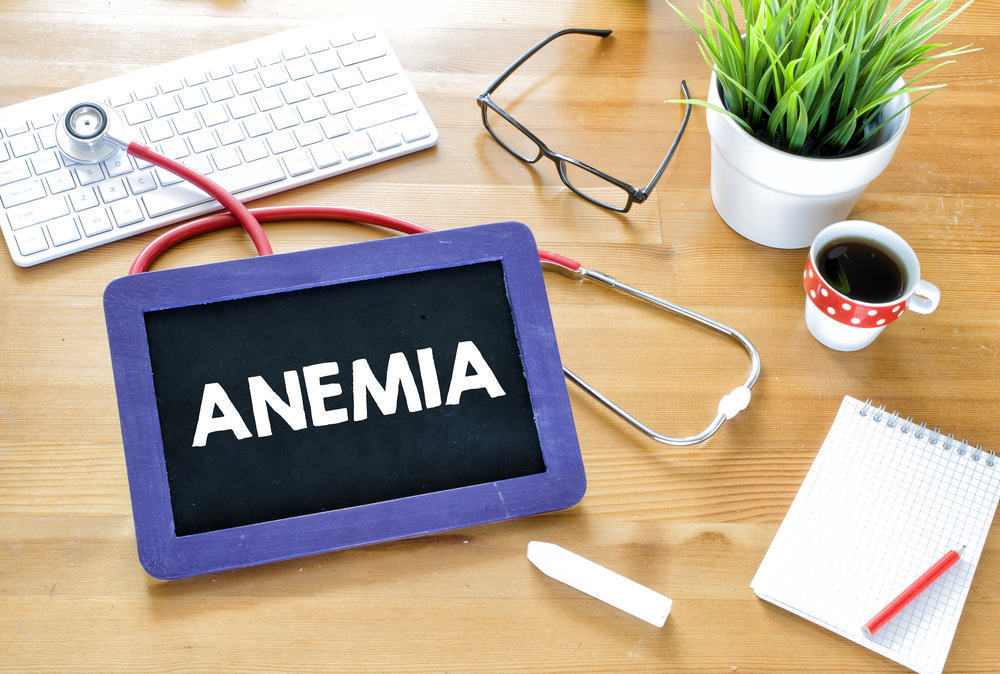Contents:
- Medical Video: The science of emotions: Jaak Panksepp at TEDxRainier
- Various types of basic emotions that have their own benefits
- 1. Happiness
- 2. Sadness
- 3. Fear
- 4. Disgust
- 5. Angry
- 6. Shocked or surprised
- 7. Other emotions
Medical Video: The science of emotions: Jaak Panksepp at TEDxRainier
Emotions play an important role when you think and behave. The emotions that are felt all the time affect you to make decisions and act, help you to survive, avoid danger, and understand yourself and others. Well, to truly understand emotions, types of emotions, and their functions for your life, consider the following review.
Various types of basic emotions that have their own benefits
Everyone has a different level and management of emotions, but actually there are some basic emotions that are actually possessed. This basic type of emotion influences someone to behave.
1. Happiness
Of all types of emotions, happiness is the most desirable and sought-after emotion by everyone. This emotion is interpreted as a pleasant emotional state, such as feeling satisfied, happy, and prosperous. Happiness can be expressed in many ways, such as through:
- Smiling face expression
- Fun cheerful tone
- Body language that looks relaxed or vibrant
A feeling of happiness directs someone to be grateful and understand themselves and others better. Happiness is one example of positive emotions that play an important role in physical and mental health. One of them is prolonging life.
Conversely, if you don't feel happy, such as anxiety, stress, depression, and loneliness can adversely affect health and reduce the quality of life.
2. Sadness
The opposite of happiness, many people do not want sadness. This emotion is characterized by feelings of disappointment, despair, not interest, and a bad mood. Like other emotions, sadness can come at any time and be experienced by everyone from time to time.
In some cases, people who experience prolonged and severe sadness can turn into depression. Sadness can be expressed in several ways including:
- Gloomy mood
- Shut up
- Listless and lackluster
- Withdraw from other people
- Cry
The level of sadness felt by each person is different, depending on the cause and how the person overcomes his sadness.
However, feeling sad is not entirely bad. This emotion can lead you to understand and know how to get up, self-medicate, and reflect back to not be sad or disappointed later on.
3. Fear
Fear is a powerful emotion that plays an important role for you to survive. When you feel these emotions, the muscles become tense, the heart beats faster, and the mind becomes more alert.
For example, when in danger, fear will arise and cause a response to defend themselves, such as running or asking for help from others. Therefore, everyone is equipped with this type of emotion so that they can respond when they are in danger.
Fear can include various expressions, such as:
- Fearful facial expressions; widen your eyes and bow your head
- Try to hide, avoid, or dare to face threats
- The body sweats, the heart rate and breathing become fast
Fear usually arises when a threat occurs directly. These emotions will grow and foster a sense of courage, so that it will make you more resilient when experiencing the same conditions.
4. Disgust
Disgust is characterized by dislike, whether you see, smell, feel, or hear something so try hard to avoid it. Although it sounds bad, this emotion can build a self-attitude to maintain cleanliness so that the body is protected from disease transmission.
Disgust is usually indicated in several ways, such as:
- Turn away from objects that are considered disgusting
- Physical reactions such as nausea and want to vomit
- Facial expressions that wrinkle the nose, squint, and bend the lips upwards
5. Angry
Just like fear, feelings of anger are also needed to protect themselves and respond to threats. This emotion is characterized by frustration, feeling incompatible with others. Anger is often indicated by various expressions, such as:
- A rough or screaming tone of voice
- Body sweating and blushing face
- Behavior becomes aggressive, such as hitting, kicking, or throwing things
Although often considered a negative emotion, anger can motivate you to take action and find solutions to things that bother you.
Anger that is considered bad is uncontrolled, excessive anger, expressed in a way that is harmful to yourself or others. Anger makes it difficult for someone to make rational decisions and animals can have a negative impact on health.
6. Shocked or surprised
Shock or shock can be categorized as positive emotions, negative emotions, and also neutral. This condition usually occurs very briefly due to something unexpected. Without your awareness, this emotion turns out to be important for someone's behavior. Why?
Because shock or shock can motivate someone to be more calm and learn to control themselves and emotions. Some ways to express surprise or surprise include:
- Physical response jumps or steps back
- Cried out screaming, screaming, or panting
- Other responses, fight or run
- Facial expressions raise eyebrows, widen the eyes, or open the mouth
7. Other emotions
Previous emotions are more common to you than some of these emotions, such as feeling comforted, embarrassed, feeling proud, feeling guilty, or feeling insulted.
These emotions can mimic other emotions, meaning that they are not always described with the same expression. For example, feeling embarrassed can be shown by looking down like a fear, a red face like anger, and trying to turn away like disgust.



















